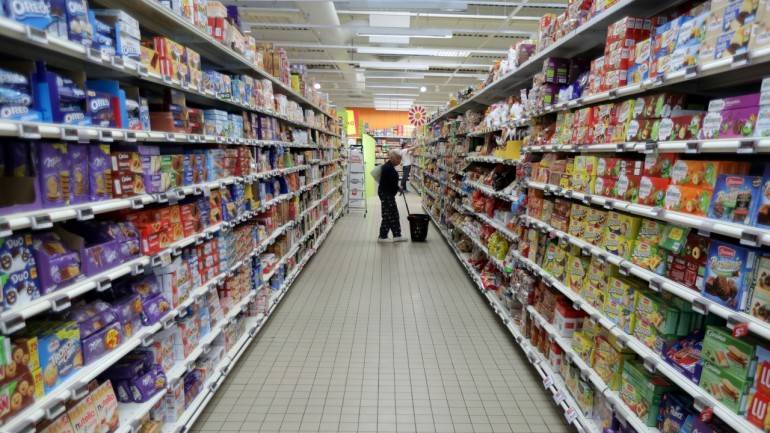Sounak Mitra
Organised retail is reaching an inflection point. The sector is gaining critical mass and is consolidating, as evidenced by the flurry of recent deals. In August alone, Walmart picked up 77 percent stake in Flipkart for $16 billion, Warren Buffett agreed to invest in Paytm, and China’s Alibaba invested $300 million in online grocery retailer BigBasket. Besides, Ikea opened its first store in the country.
It is not exactly a surprise. Organised retail has started getting more interest from global biggies after the implementation of the goods and services tax (GST), which has minimised cash dealings (without bills, or fake bills), made retailing more structured, and made the supply chain less cumbersome, among other things. While this has made lives difficult for small and medium-scale retailers (including neighbourhood stores), it has surely enhanced scope for big companies who constitute organised retail.
Besides, it has paved the way for integration of online and offline trade, leading to a hybrid model that equities research firm Morgan Stanley, in a note on 21 November, said is the future of retailing in India. Recent and proposed deals in the space – Walmart-Flipkart, Amazon-More, Amazon-Shoppers Stop and Amazon-Future Retail – are exactly in line with the hybrid model.
The change was bound to happen. Retail is mostly unorganised in India and has not contributed much to the government’s revenue for the longest time. Most of the estimated 12 million small neighbourhood stores, where most of the 1.3 billion people in the country shop on a daily basis, had managed to stay out of the tax bracket until the implementation of GST. There are just about 16,500 retail outlets in the organised sector, of which 3,000 have been added in the past two years.
The potential to grow is huge. The share of organised retailing, or modern format retailing, which consists of hyper markets, super markets and small organised outlets, is only around 10 percent in India. In comparison, it is 74 percent in Philippines, 70 percent in Malaysia, 65 percent in Thailand and 55 percent in China.
The growth trend is already visible. Data from Nielsen showed sales of packaged goods (primarily household essentials) in modern trade grew 24 per cent (in value terms) during July-September 2018 quarter as volume grew by 14 per cent. In comparison, growth in the traditional trade channel was 16 per cent during the same quarter on a 12 per cent growth in volume. Around 3 per cent of the growth came from price increases.
To add to this, e-commerce accounts for just around 2 per cent of India’s total retail while the global average is 15-20 per cent. Online retail is projected to grow faster than physical retail in India over the next few years.
To ensure sustainability, however, traditional (offline) retailers need to integrate with the online model. As Morgan Stanley explains, the hybrid model is where physical retailers and e-commerce companies work together to “combine digital power with infrastructure and service capabilities”.
This would help both physical and online retailers expand reach and ensure faster delivery. That is the model currently being followed by Amazon through acquisitions in India. The Jeff Bezos-led company has been doing everything it can to win consumers in India, and it won’t stop. Consider this: if Amazon can start serving Andaman as a market that has only 3.8 lakh population, despite logistical disadvantages, the time is not far when it starts bringing general trade neighbourhood stores in its kitty.
Of course, to be a true sunrise sector, retail should also create lot of jobs, which is currently the one of the biggest problems with the Indian economy. Will there be jobs, especially when modern-age retailers are more dependent on technology for accuracy and analytics?
The fact is that physical retail isn’t going anywhere. Rather it will become the enabler to online retailing. The nature of jobs, however, is changing, and will change faster with the expected integration of online with offline. Thus, skilling and re-skilling will be the key differentiator here.
As projected by the National Skill Development Corporation (NSDC), both conventional and specialised retail together will employ around 56 million by 2022. The number was just half a million in 2011. Considering that NSDC had projected the scope of employment in the retail industry in 2015, the number will be much higher in reality. Besides, there will be considerably high employment in associated industries like logistics that works as the backbone for online retail.
The future does not look gloomy, at least for retail.

